 In the article " Perimeter Security - The Future Is Now " I wrote about the problems of existing classical systems, and how developers are now solving them.
In the article " Perimeter Security - The Future Is Now " I wrote about the problems of existing classical systems, and how developers are now solving them.
Several paragraphs of the publication were devoted to fences. I decided to develop this topic and acquaint the readers of Habr with RPZ - radio-transparent barriers.
I do not pretend to be the depth of the material, rather, I propose to discuss in the comments the features of using this technology for modern perimeter protection.
The problem of classic engineering barriers
Restricted facilities, on the territory of which I managed to visit, are often fenced with reinforced concrete structures or metal mesh fences.
Their main problem is that in the protected area there is almost always a large number of radio wave devices, the stable operation of which is impeded by classical engineering barriers.
In particular, this is critical for airports, where radio interference must be eliminated as much as possible.
Is there any alternative?
Yes. Structures from modern composite materials, which were used several years ago for the construction of engineering fences.
They not only do not interfere with the passage of electromagnetic waves, but are lightweight and durable.
In the photo below, a radio-transparent barrier based on a cloth made of reinforced fiberglass mesh with a mesh size of 200x50 mm (section length 50 meters, width 2.5 m), which is produced in Russia. The maximum breaking load is 1200 kg at break, 1500 kg at break. The weight of the section is only 60 kg.
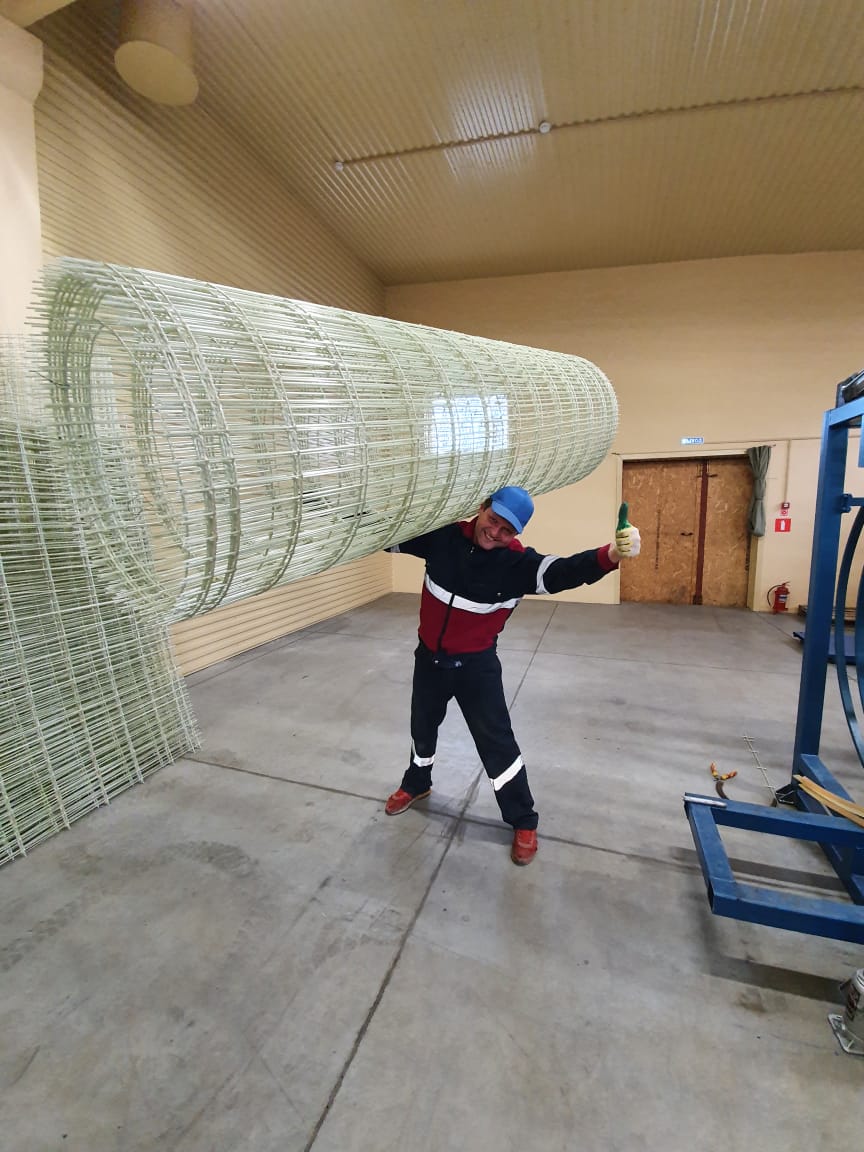
The structure is mounted on fiberglass supports and assembled by a team of 5-6 people.
In fact, the entire "set" of components is very similar to the construction set, which includes wickets, gates and so on. You can assemble a solid fence up to 6 meters high. Sliding gates are installed within an hour.

An example of a "two-story fence"
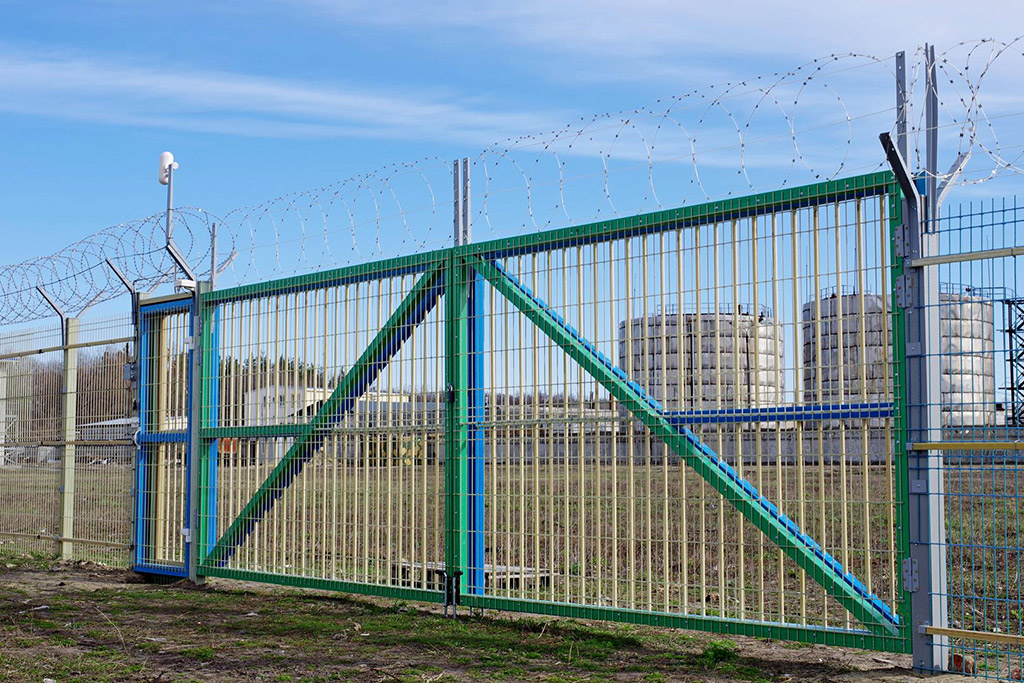

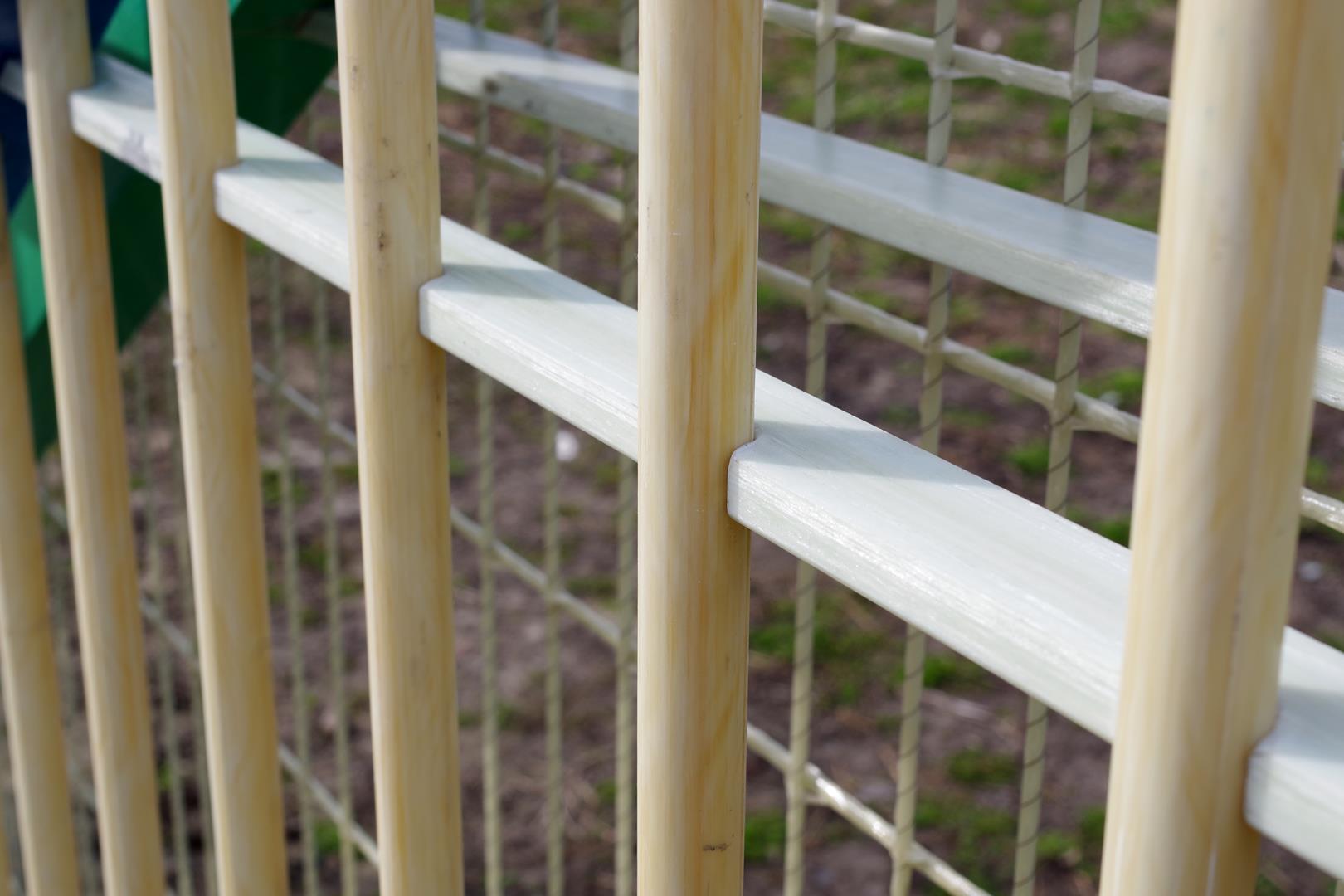
Sliding gates In
addition, to protect against undermining, the fence is deepened to 50 cm.
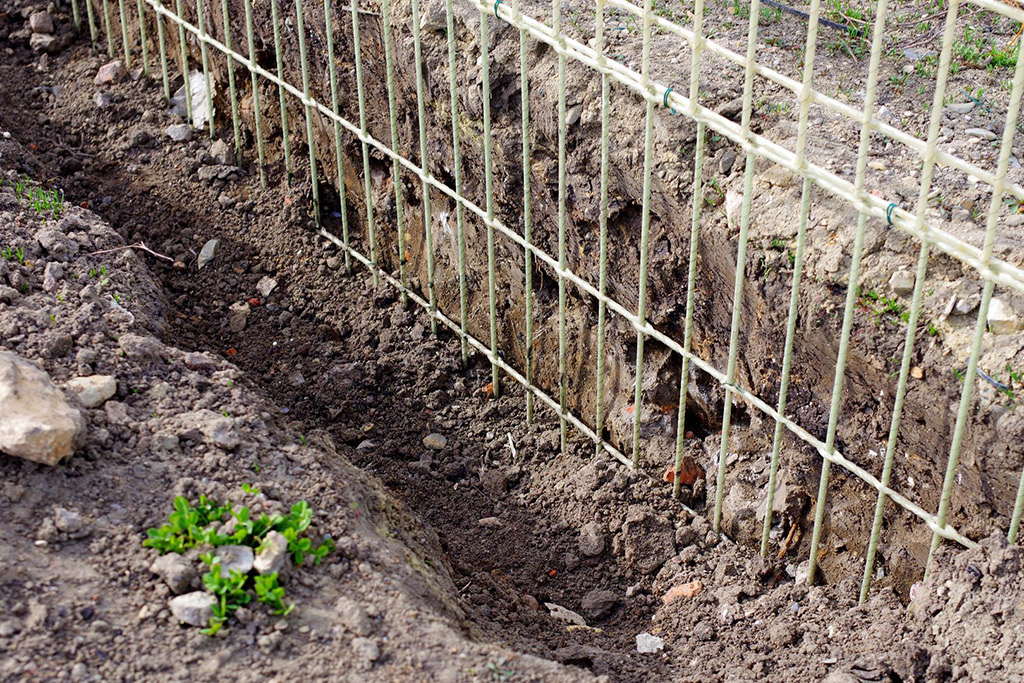
Additional benefits
- When colliding with an obstacle at speed, the mesh is fragmentarily destroyed, and the damage to equipment (for example, an aircraft) is minimal;
- At the RPZ, as well as on concrete fences, devices for perimeter protection and a radio-transparent barbed spiral are mounted;
- Can be used as an alarm fence (vibration sensors);
- No complex landscape preparation required;
- Fences do not rust and do not require seasonal maintenance.
The design described in this material uses brackets, screws and stainless steel pads. Despite this, the radio transparency parameters practically do not deteriorate: the elements are small in size and are located at a sufficiently large distance from each other. Therefore, the mount does not significantly reflect the incident radio waves (over a wide frequency range, up to 25 GHz).

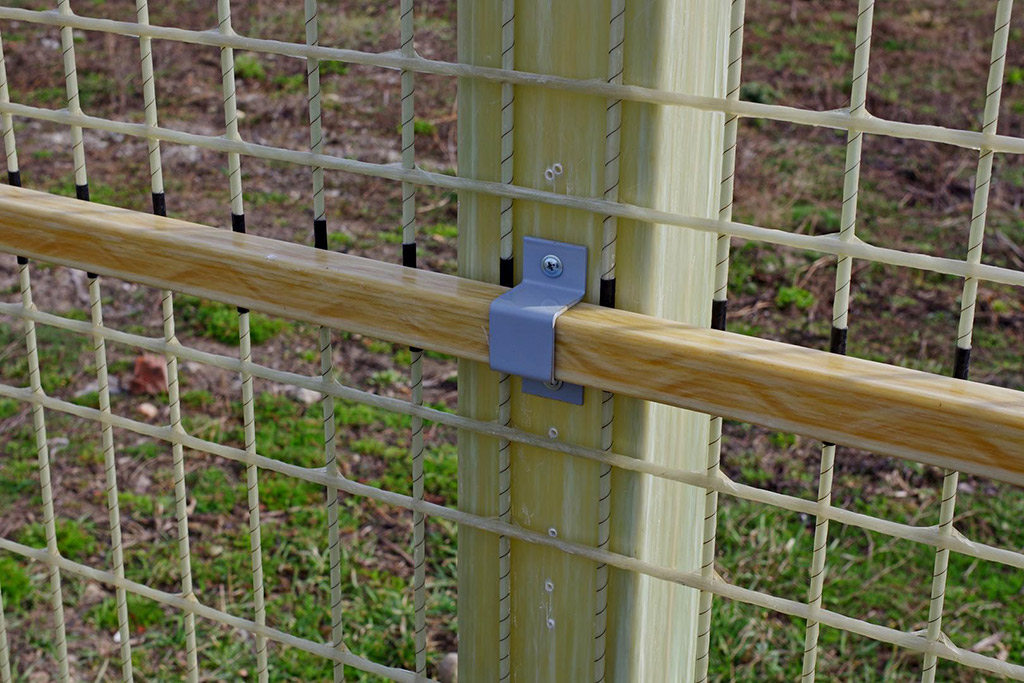
Metal elements of the fence
After the modernization, the developer plans to replace most of the metal elements with various types of high-strength plastics.
Installation video
Additional photos

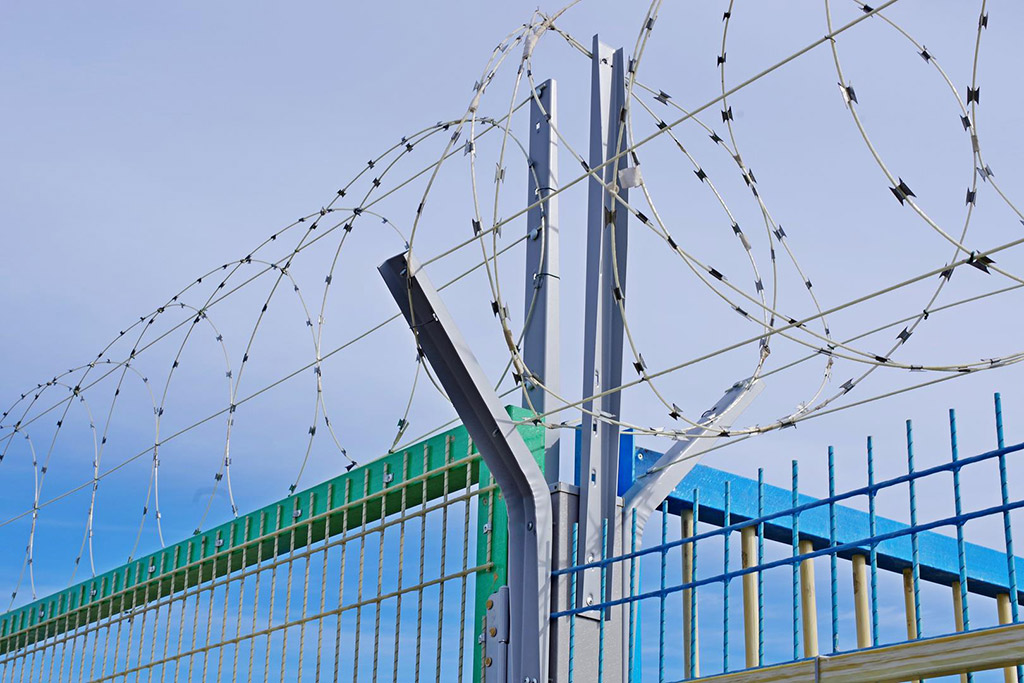
I invite you to discuss the features of such solutions in the comments. I am ready to answer questions.